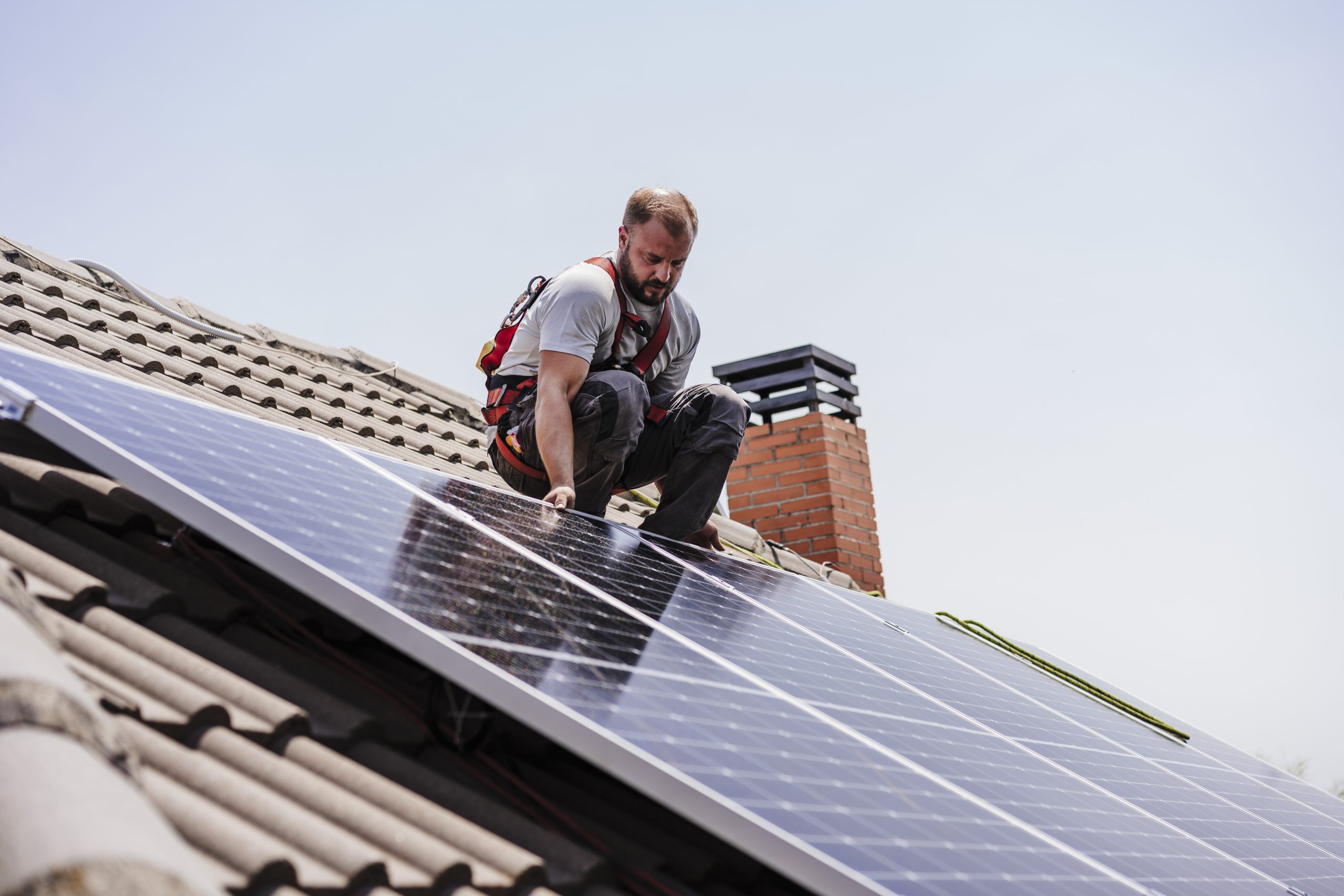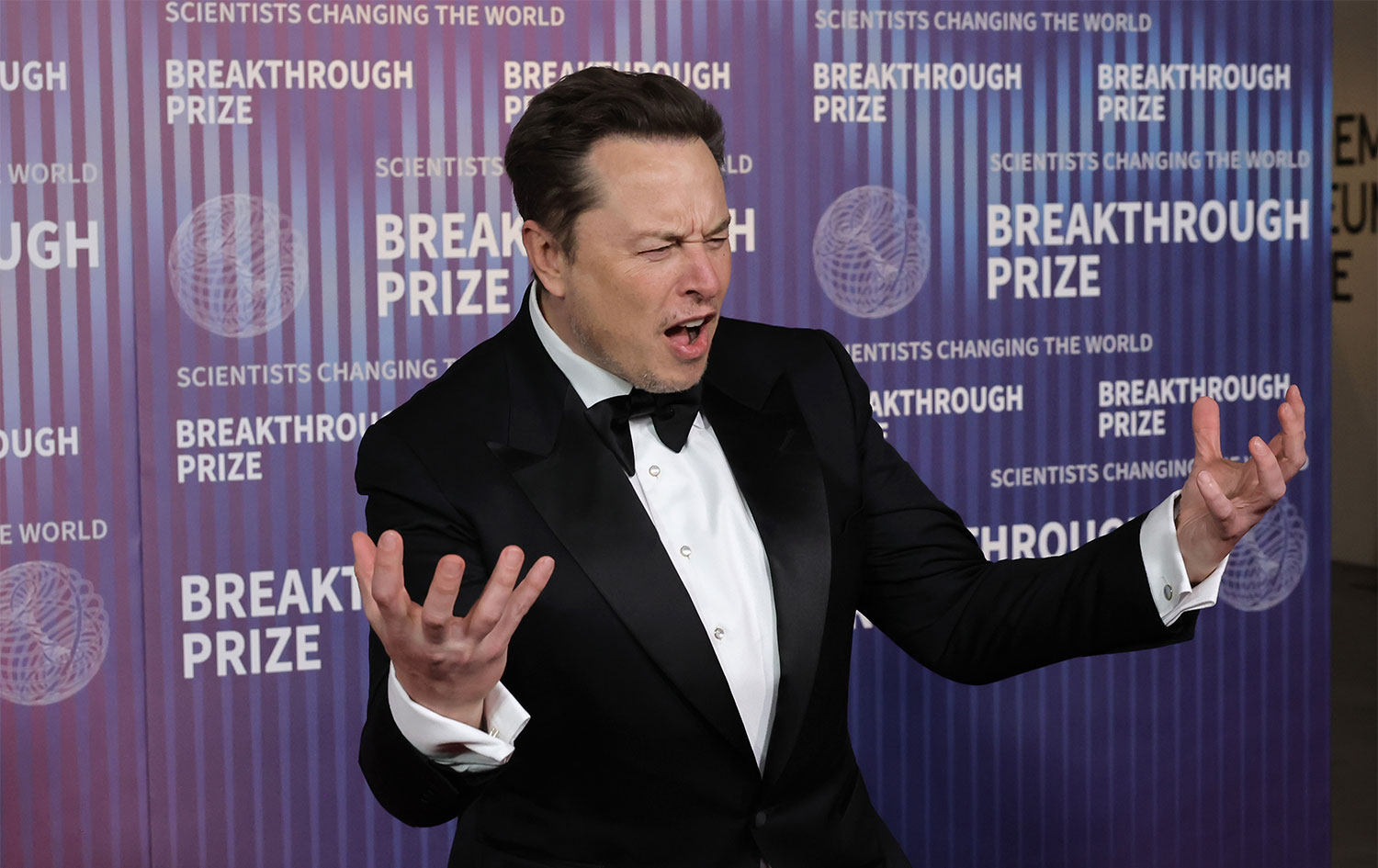
In a significant move underscoring the growing corporate commitment to climate action, Google announced its intent to acquire 200,000 metric tons of carbon removal credits from Mombak, a pioneering forest restoration enterprise based in Brazil. This substantial purchase is directed towards a large-scale reforestation initiative within the Amazon basin, aiming to transform deforested farmland back into thriving natural ecosystems. The transaction, facilitated through the Symbiosis Coalition, an advance market commitment designed to stimulate the development of robust nature-based carbon removal markets, highlights a critical intersection of technological leadership, ecological restoration, and evolving climate finance.
The Global Imperative for Carbon Removal
The scientific consensus is unequivocal: achieving net-zero global emissions by mid-century, a target deemed essential to avert the most catastrophic impacts of climate change, necessitates not only drastic reductions in greenhouse gas emissions but also the active removal of existing carbon dioxide from the atmosphere. While reducing emissions at their source remains the primary strategy, carbon removal technologies and nature-based solutions are increasingly recognized as indispensable complements. The Intergovernmental Panel on Climate Change (IPCC) has consistently highlighted that a portfolio of carbon dioxide removal (CDR) approaches will be required, with nature-based methods offering immediate, scalable, and often multi-beneficial avenues.
The Amazon rainforest, a sprawling biome vital for global climate regulation and biodiversity, has experienced alarming rates of deforestation over recent decades, driven by agricultural expansion, logging, and mining. This destruction releases vast stores of carbon into the atmosphere, simultaneously diminishing the planet’s capacity to absorb future emissions. Reforestation and forest restoration projects in this region are therefore critical, not just for carbon sequestration but also for restoring ecological integrity, hydrological cycles, and safeguarding endangered species.
Evolution of Carbon Markets and Corporate Climate Pledges
The concept of offsetting carbon emissions emerged prominently with the Kyoto Protocol in the late 1990s, introducing mechanisms like the Clean Development Mechanism (CDM) to allow developed countries to invest in emission reduction projects in developing nations. While these early compliance markets faced criticism regarding additionality and permanence, they laid the groundwork for the voluntary carbon market, which has seen explosive growth in recent years. Corporations, driven by increasing stakeholder pressure, regulatory anticipation, and genuine environmental stewardship, are setting ambitious net-zero and carbon-neutral targets, fueling demand for high-quality carbon credits.
Google itself has been a frontrunner in corporate sustainability. The company achieved carbon neutrality in 2007 and has since set an even more ambitious goal: operating on 24/7 carbon-free energy across all its data centers and campuses worldwide by 2030. These commitments underscore a long-term strategy that combines direct emission reductions with investments in carbon removal to address historical and residual emissions. The Mombak deal represents a strategic escalation of these efforts, moving beyond simply offsetting to actively investing in large-scale carbon removal.
The Symbiosis Coalition and Advance Market Commitments
The Symbiosis Coalition embodies a contemporary approach to catalyzing nascent climate solutions through an Advance Market Commitment (AMC) model. AMCs are financial instruments designed to create guaranteed future demand for innovative products or services, thereby de-risking investment for developers and accelerating market growth. By pooling commitments from multiple large corporations, Symbiosis provides Mombak with a clear signal of future revenue, enabling it to secure financing, scale operations, and invest in the long-term viability of its projects.
This model parallels the Frontier fund, another prominent AMC backed by Google, Meta, Microsoft, and Salesforce, among others. While Frontier focuses primarily on technological carbon removal solutions like direct air capture (DAC), Symbiosis specifically targets nature-based removal. This dual strategy reflects an understanding that a diversified portfolio of solutions, encompassing both engineered and ecological approaches, will be necessary to tackle the climate crisis comprehensively. The backing of major tech and consulting firms like Google, McKinsey, Meta, Microsoft, and Salesforce lends significant credibility and financial muscle to these initiatives, signaling a serious intent to build robust, verifiable markets for carbon removal.
Mombak’s Vision for Amazonian Restoration
Mombak, as a forest restoration company, distinguishes itself by focusing on the large-scale acquisition of degraded farmland within the Brazilian Amazon for the explicit purpose of reforestation. This approach tackles a core driver of deforestation directly by converting areas previously cleared for cattle ranching or agriculture back into biodiverse forest. The company’s methodology likely involves meticulous planning, including selecting native tree species, employing various planting techniques, and implementing strategies for long-term ecological succession.
The scale of Mombak’s ambition, supported by Google’s purchase, is substantial. Reforesting vast tracts of land not only sequesters atmospheric carbon but also initiates a cascade of ecological benefits. It helps restore vital habitat for countless species, many of which are endemic to the Amazon and globally endangered. Furthermore, it aids in replenishing groundwater aquifers, stabilizing soil, preventing erosion, and supporting regional rainfall patterns, which are crucial for the health of the entire Amazon biome and beyond.
Navigating the Complexities of Nature-Based Carbon Removal
Despite their immense promise, nature-based carbon removal projects, particularly large-scale reforestation efforts, are not without their challenges and criticisms. One of the most significant concerns revolves around permanence. Forests, by their very nature, are susceptible to natural disturbances such as wildfires, pests, and disease outbreaks, as well as anthropogenic threats like renewed illegal logging or land conversion. These events can release stored carbon back into the atmosphere, reversing the climate benefits. Ensuring long-term viability often requires robust monitoring, active management, and sometimes insurance mechanisms to mitigate these risks.
Another critical aspect is additionality. Projects must demonstrate that the carbon sequestration would not have occurred without the carbon finance intervention. This means distinguishing between naturally regenerating forests and those actively restored through significant investment. Furthermore, leakage is a concern, where protecting one area from deforestation might inadvertently displace destructive activities to an adjacent, unprotected area. Rigorous project design and monitoring are essential to address these complexities.
The accurate measurement, reporting, and verification (MRV) of carbon sequestration and co-benefits also present technical hurdles. Quantifying the precise amount of carbon absorbed by growing trees over decades, especially across diverse ecosystems, requires sophisticated methodologies. This is where technological innovation plays a crucial role. Google’s announcement that it will leverage its DeepMind PerchAI to help quantify the biodiversity benefits of the Mombak project is particularly noteworthy. AI and machine learning can analyze satellite imagery, sensor data, and ecological models to provide more precise and transparent assessments of both carbon uptake and the broader ecological restoration, moving beyond simple tree counts to comprehensive ecosystem health indicators.
Broader Market and Societal Impact
Google’s investment in Mombak, alongside other major corporations within the Symbiosis Coalition, sends a powerful signal to the voluntary carbon market. It underscores a growing demand for high-integrity, verifiable carbon removal credits, especially those offering significant co-benefits. This demand can drive innovation in project development, improve standards for MRV, and attract further investment into the nature-based solutions sector.
Social and cultural impacts are also paramount. Large-scale land acquisition and reforestation projects in regions like the Amazon require careful engagement with local and indigenous communities. Ensuring equitable benefits, respecting land rights, and integrating traditional ecological knowledge into project design are crucial for long-term success and social license. Projects that empower local communities as stewards of the reforested land often achieve greater permanence and deliver more holistic sustainable development outcomes.
This investment also contributes to a broader cultural shift, where corporations are increasingly seen not just as economic entities but as significant actors in global environmental governance. While debates persist about the efficacy of offsetting versus direct emission reductions, the strategic funding of carbon removal projects represents a more proactive stance, aiming to reverse historical damage rather than just mitigate ongoing impacts. It reinforces the idea that technological prowess and financial capital can be deployed to address complex ecological challenges on a planetary scale.
The Path Forward
The partnership between Google and Mombak, facilitated by the Symbiosis Coalition, represents a significant step in scaling nature-based carbon removal. By providing a clear market signal and leveraging cutting-edge AI for verification, this initiative aims to overcome some of the historical hurdles associated with such projects. The success of Mombak’s Amazonian reforestation effort will not only contribute directly to Google’s climate goals but also serve as a crucial demonstration of how corporate investment, technological innovation, and ecological restoration can converge to address the urgent challenge of climate change, fostering a more resilient and biodiverse future for the planet.





